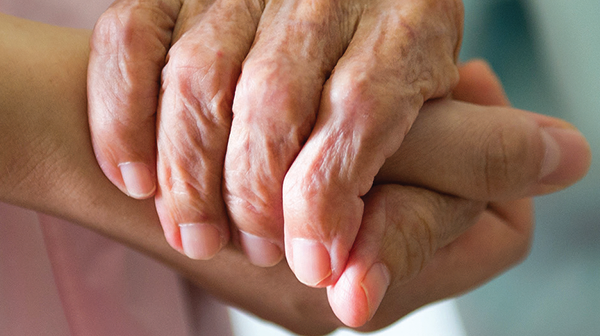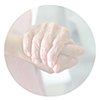
Now that the patient was comfortable and the daughter was calmer, a physician sat down with them and asked gently, “What do you think is going on with your cancer?” The patient replied, “I think I am in the final stage; I think I am dying.” The physician said nothing and just sat with them. Finally, the physician said, “I think you are right. If conditions were ideal, where do you want to be?” Without hesitation she said, “Home.” Her daughter agreed. The daughter handed the physician an advance directive that the patient filled out 10 years ago before she got sick. The medical team reviewed it. No machines, no heroics, no experimental treatments.
Explore This Issue
ACEP Now: Vol 34 – No 08 – August 2015We explained that a likely cause for her shortness of breath was that she was not treating her pain adequately and she was trying to live with an incredible amount of pain. Another worrisome alternative was a pulmonary embolus. If this were the case, the treatment would be a blood thinner. Blood thinners are contraindicated in brain metastases because of the high likelihood of bleeding. When we explained this to the family, they agreed that we should not do the scan because it would not change our management or the outcome. Since we were able to control her symptoms with a small dose of morphine, we were confident that this could be easily converted to oral medication to take at home.
How do you honor this patient’s wishes to go home? “I think the best way to get you home is to use the hospice service,” we advised. We explained what hospice is and what it isn’t. In her case, she had a primary caregiver, her daughter, and symptoms that can be controlled with oral medication. Hospice would provide all the medical equipment, including medications, with a nurse on call 24-7. There would be home health aides that come weekly, as well as social workers and bereavement services available. They would help the patient and her family make the most of the time she has. The patient and daughter loved the idea. We called the local hospice agency, and they arranged to meet the family and patient at home later that day. We discharged the patient.
Case 3: The Mundane
 A 94-year-old woman was brought from home by her niece, who had been away for several days on business and unable to check on her aunt. On exam, the patient had swollen, red, painful legs that had worsened over the past week. Her current medical history included hypertension, hyperlipidemia, and congestive heart failure (CHF). She was put on antibiotics by her doctor, but they had not improved her symptoms. She was fully oriented and stated she did not want to come to the hospital. Her exam and work-up verified leg cellulitis, resulting in mild sepsis without evidence of CHF.
A 94-year-old woman was brought from home by her niece, who had been away for several days on business and unable to check on her aunt. On exam, the patient had swollen, red, painful legs that had worsened over the past week. Her current medical history included hypertension, hyperlipidemia, and congestive heart failure (CHF). She was put on antibiotics by her doctor, but they had not improved her symptoms. She was fully oriented and stated she did not want to come to the hospital. Her exam and work-up verified leg cellulitis, resulting in mild sepsis without evidence of CHF.
Pages: 1 2 3 4 5 | Single Page





No Responses to “How to Implement Palliative Care Principles in the Emergency Department”